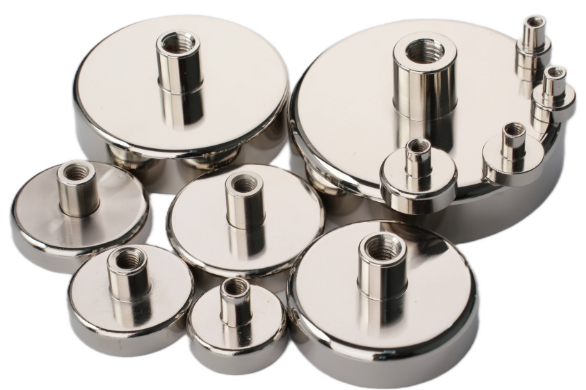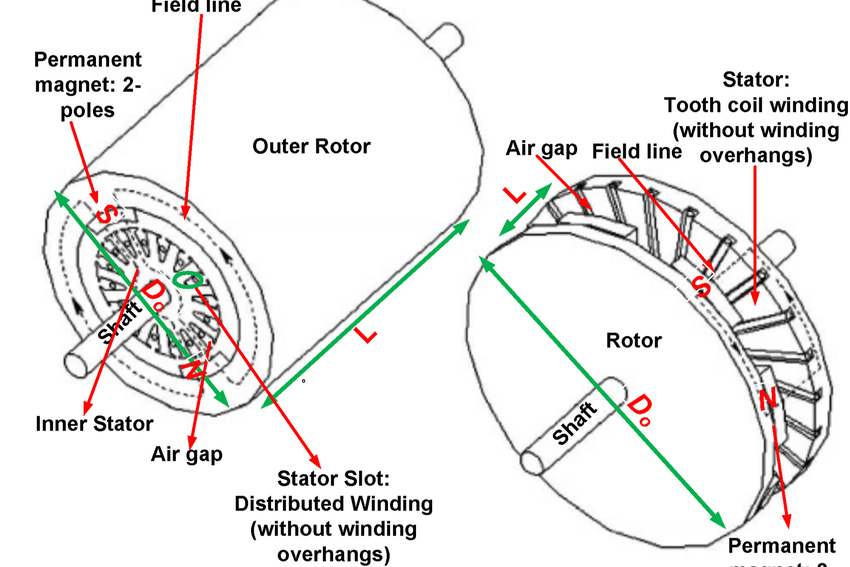How Do Neodymium Magnets Work in Our Life?
NdFeB magnets are known as the "king of magnets" due to their excellent magnetic properties which play a very important role in our everyday life. So how do neodymium magnets work in our lives? In this article, we'll try to answer this question.
 How Do Neodymium Magnets Work in Our Life?
How Do Neodymium Magnets Work in Our Life?
Neodymium magnets have the characteristics of small size, lightweight, and strong magnetism, and are the magnets with the best performance-to-price ratio so far. The main raw materials for producing NdFeB magnets are metal neodymium, pure iron, boron-iron alloy, and other additives.
Uses of NdFeB Magnets in the Healthcare Industry
A lot of practice and scientific experiments have proved that the high-strength magnetization of NdFeB magnets can change the physical properties of water, such as surface tension, density, and solubility, and have a significant impact on chemical properties such as acid and alkali. Magnetized water can increase the activity of enzymes in water and the permeability of biofilms. Regular drinking of this water can strengthen health, regulate the microcirculation system, digestive system, endocrine system, and nerve function of the human body, improve human immunity, and prevent and treat many diseases.
Uses of NdFeB Magnets in the Descaling and Anti-Scaling Industry
After the water is subjected to the high-strength magnetization treatment of the neodymium magnet, the angle and length of the water molecular bonds are deformed at the same time, and the hydrogen bond angle is reduced from 105 degrees to about 103 degrees. As a result, the physical and chemical properties of the water undergo a series of changes, and the activity and solubility of the water are greatly improved. The calcium carbonate in the water decomposes during the cooking process to produce lower soft calcium bicarbonate, which is not easy to accumulate on the wall and is easily taken away by the water. In addition, the degree of polymerization of water increases, and the dissolved solid matter becomes finer particles. After the particles are refined, the distance between the two ions is small, and it is not easy to condense on the wall, thereby achieving the effect of descaling.
Uses of NdFeB Magnets in Environmental Protection and Energy-Saving Products
NdFeB magnets are one of the main raw materials for manufacturing environmentally friendly and energy-saving products, such as the application of NdFeB in automobiles, compressors, wind generators, and other fields. As an environmentally friendly and energy-saving functional material, NdFeB magnets will be more and more widely used. In an era of the increasing energy shortage, the conversion of wind energy into electricity will undoubtedly be supported by government policies. Wind power has been implemented on a large scale in Europe. The previous 1 MW unit used NdFeB magnets for about 1 ton. Thanks to the rapid growth of the wind power industry, the amount of NdFeB magnets used in wind turbines will also increase rapidly.
Conclusion
Thank you for reading our article and we hope it can help you to have a better understanding of how neodymium magnets work in our lives. If you want to learn more about magnets, we would like to advise you to visit Stanford Magnets for more information. As a leading magnet supplier across the world, Stanford Magnets has been involved in R&D, manufacturing, and sales of magnets since the 1990s. It provides customers with high-quality rare earth magnets like SmCo magnets, neodymium arc magnets, AlNiCo magnets, and ferrite magnets (ceramic magnets) at a very competitive price.















